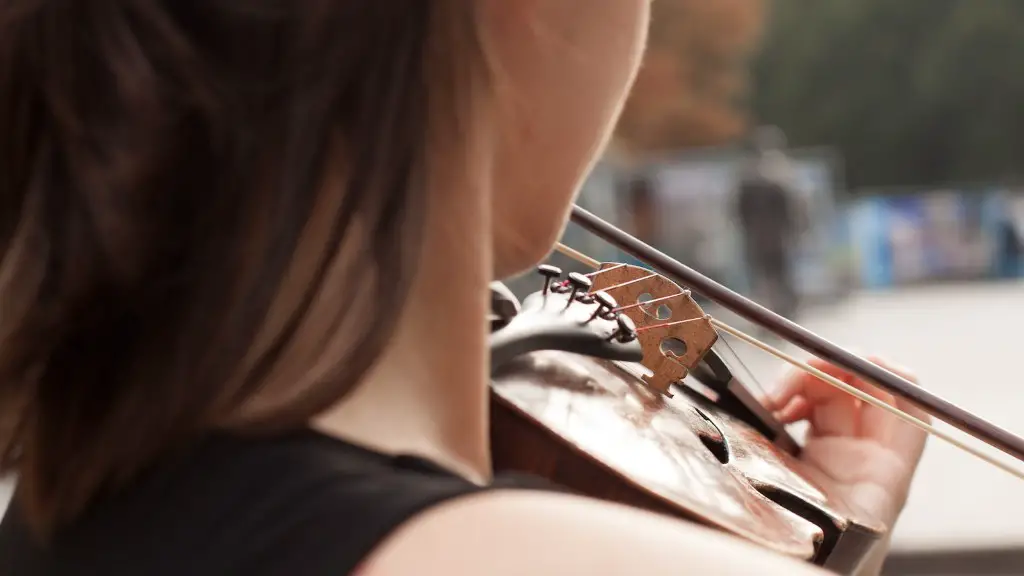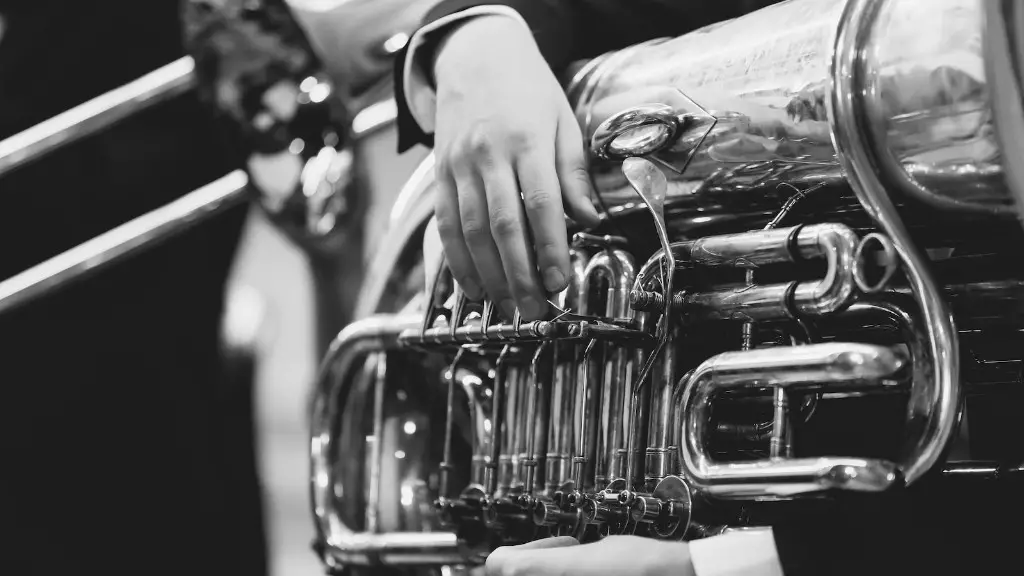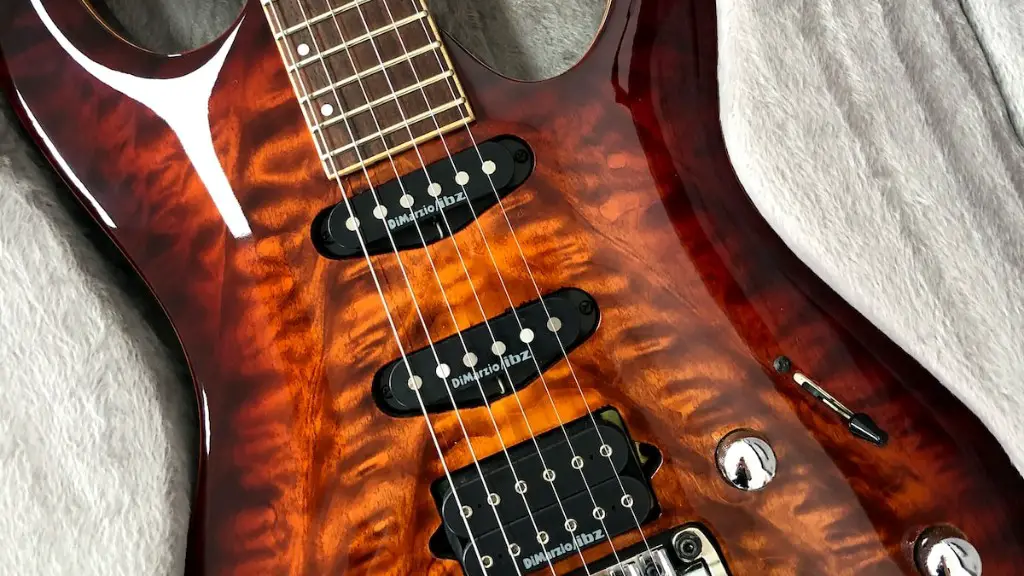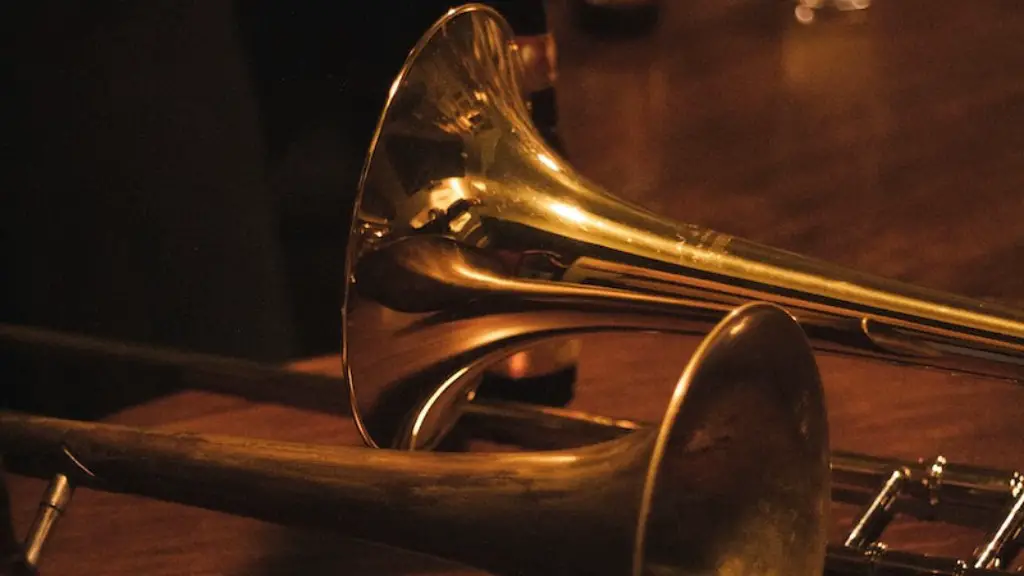Playing the violin requires using rosin to ensure the bow is able to grip the strings. Applying rosin to the bow is an important part of playing the violin and should not be overlooked.
The application of rosin is a simple process that requires only a few steps. First, you will need to get your hands on some quality rosin specifically made for violins. There are many types of violin rosins available and it is best to try a few types before settling on one that works best for you.
Once you have acquired the rosin, hold it in one hand while you take your bow in your other hand. Firmly press the bow hair against the cake of rosin and draw it in a downward motion several times until a thin layer of dust has been created on both sides of the bow. Take care not to use too much as this can cause excessive noise during play.
Finally, use a soft cloth to wipe off any excess dust from the bow hair before you begin playing. This helps ensure that all parts of your instrument work together harmoniously. Be sure to also regularly check if any more application of rosin is required as it can become used up over time.
Benefits of Applying Violin Rosin
Applying rosin to your violin bow is an essential part of string instrument maintenance. Rosin is a natural resin produced from trees and helps create friction on the strings, which generates a better sound when playing. Using rosin will help ensure that your bow produces a clear, vibrant sound that won’t be muted or muffled. Additionally, applying rosin helps protect your strings from wear and tear, allowing them to last longer.
Applying rosin is easy and should be done regularly. To apply the rosin, start by cleaning off the bow with a soft cloth. Next, hold the cake of rosin in one hand and the bow in the other hand with the hair facing up. Pass the bow back and forth across the upper surface of the cake in an even motion four or five times until you see a thin layer of powdery residue on the hair of your bow. Finally, rub your fingers along the length of your bow hairs to evenly distribute the powdery residue. This process should be repeated every time you play for optimal results.
Using violin rosin provides many benefits for violinists including better sound quality, improved string protection, and increased longevity for both bows and strings – making it an essential part of violin maintenance.
Choosing the Right Type of Violin Rosin
When selecting a rosin for your violin, it is important to choose the right type for your instrument and playing style. Rosin helps create a good grip between the horsehair of the bow and the strings, allowing you to produce a clear sound. It comes in various grades, from soft to hard. Soft rosin is best for players who need a lot of grip and can be used on all types of strings, while harder rosin works better on metal or synthetic strings. Different players also have different preferences when it comes to color and scent, so be sure to try out several types before making your purchase.
Once you have selected the right type of rosin, it is important to apply it correctly. Start by pulling down the bow in each direction and lightly rubbing the bow hair in a circular motion with the cake of rosin. You can then use a cloth or paper towel to remove any excess dust that may remain on your bow. It is important to reapply rosin regularly to ensure that your instrument produces a clean sound.
Preparing the Instrument and Bow
Applying rosin to a violin bow is an essential part of playing the instrument. Rosin provides friction to the bow hair, which helps create sound when the bow is drawn across the strings. To apply rosin, start by wiping off any dust from the bow with a dry cloth. Then, take a small amount of rosin on your finger and rub it into the bow hair in a circular motion. Be sure to rotate your finger around so that you evenly cover all parts of the bow. If you need more rosin, simply repeat this process until you have enough coverage. With regular use, it’s important to check your bow regularly and reapply rosin when needed.
Once you’ve finished applying rosin, make sure to clean up any extra pieces that may have flaked off onto your instrument or clothing. This will help prevent messy buildup and keep your violin looking great!
Applying Rosin to the Bow Hair
Applying rosin is a necessary step when it comes to playing the violin. Rosin helps create friction between the bow hair and the string, which in turn creates sound. To apply rosin, start by slowly turning the bow in a circular motion while lightly pressing a piece of rosin against it. This will help ensure that the rosin is applied evenly across all of the hairs on the bow. It is important not to press too hard, as this can cause clumping and lead to an uneven application of rosin. After applying rosin, take a few minutes to use a cloth or paper towel to wipe off any excess. This will help ensure that there is no debris left on your bow which can affect your sound quality. With proper care, your violin can stay in tune for a long time and provide you with beautiful music.
Applying Rosin Evenly on Bow Hair
Applying rosin on the bow hair of a violin is an essential part of string instrument maintenance. Rosin helps create the friction needed to produce a quality sound. To ensure even application of rosin, first clean the bow hair with a lint-free cloth. This will remove any dust or dirt that may interfere with the rosin’s effectiveness. Next, pick up a small amount of rosin on your index finger and rub it into the bow hairs. Rub in a circular motion, making sure to reach all areas of the bow hair evenly. Continue applying more rosin until you can feel it evenly distributed. Finally, use your lint-free cloth to remove any excess rosin that has not adhered to the bow hairs. Remember to clean and reapply rosin regularly in order to maintain optimal playing conditions for your violin and achieve the best possible sound quality.
Wiping Off Excess Rosin After Application
After applying rosin to your violin strings, it’s important to wipe off any excess rosin, as too much can be damaging to your instrument. To do this, simply take a clean cloth and lightly wipe the strings from the bridge of the violin to the scroll. Be sure not to leave any large chunks of rosin on the strings as they may cause them to sound out of tune. Be sure to use a clean cloth each time you apply rosin.
If you find that there is still too much rosin on the strings, you may need to use a little bit more force when wiping them off. Just be careful not to apply too much pressure as this can be damaging to both the strings and the instrument itself. Once you have wiped off all of the excess rosin, your violin should be ready for playing!
The End
Applying rosin to your violin is an important part of the instrument’s maintenance and should be done regularly. To apply it, you should use a clean, soft cloth and apply the rosin in a circular motion. It is important to use light pressure when applying the rosin as too much can damage the surface of the violin. Be sure that you always store your rosin in a cool, dry place so that it will last longer. With proper care and maintenance, your violin will continue to sound beautiful for years to come.




